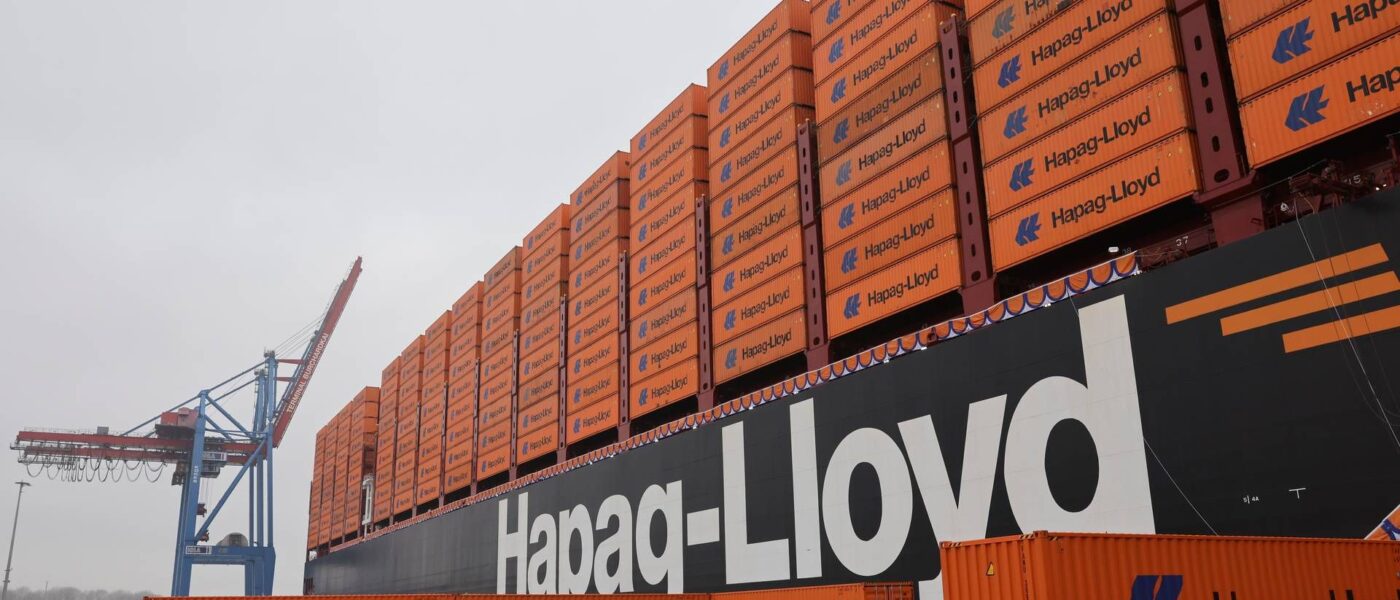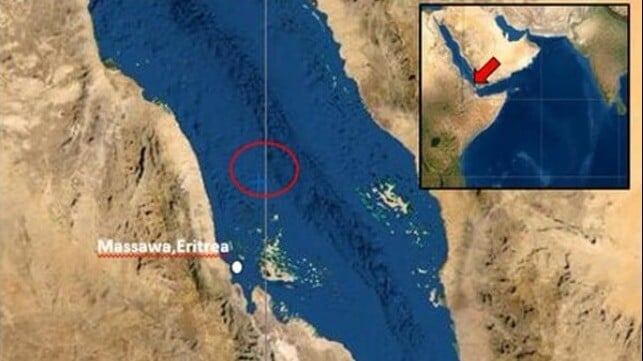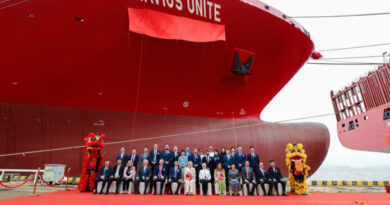Maersk share outperformed Hapag-Lloyd in year’s first half
Investors in A.P. Moller-Maersk have seen a significantly better share return for the first half of the year than those who have invested in the German competitor Hapag-Lloyd, according to a report prepared by Jyske Bank for ShippingWatch on several of the world’s largest listed container shipping companies.
Investors in Maersk’s B-share have thus generated a total return, including dividends, of 9% in the first six months of the year.
In comparison, investors in Hapag-Lloyd, which cooperates with Maersk in the so-called Gemini alliance, suffered a loss of 12%.
Haider Anjum, analyst at Jyske Bank, says that although Hapag-Lloyd delivered solid results for the first quarter, the shipping company has also reported significantly lower earnings for 2025 compared to 2024.
According to the analyst, this has probably had an impact on the share price.
“Perhaps the change in the wording to more pessimism has made investors shy away from Hapag-Lloyd,” he tells ShippingWatch.
(Article continues below image)
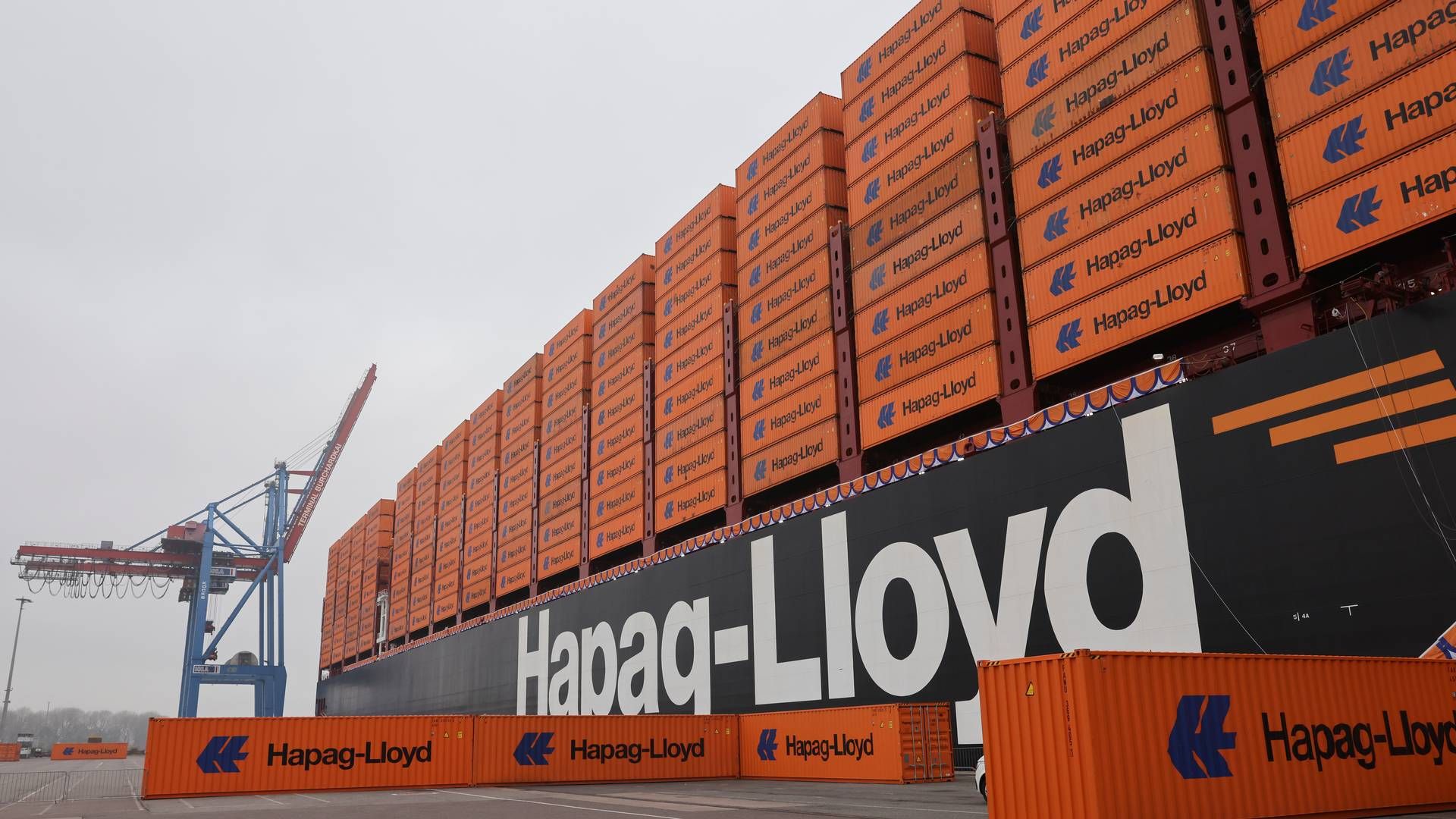
Hapag-Lloyd expects an operating profit (EBIT) for the full year 2025 of EUR 0-1.5bn compared to EUR 2.6bn in 2024.
Chief executive Rolf Habben Jansen has pointed out that the lower expectations are due to the very high uncertainty in the market and highly volatile freight rates.
This is not least due to the tariff war launched by US President Trump in early April.
Along the way, temporary agreements have been made with first the EU and then China to pause the significant tariffs that Trump previously threatened.
“All shipping companies are affected by the tariff uncertainty and no one knows what will happen in a week,” says Anjum, referring to the next big battle.
On July 9, the temporary agreement between the EU and the US expires, and right now it is uncertain whether an actual agreement will be reached between the parties or whether Trump will raise tariffs from 10% to 20% or more.
Paralyzing uncertainty
For the Chinese, the pause expires in mid-August, and the fluctuations in ocean freight between Asia and the US have been significant.
Maersk has previously reported that volumes between the US and China fell between 30% and 40% in April when tariffs were raised.
“The uncertainty they (customers, ed.) are in right now is paralyzing,” CEO Vincent Clerc said at a press conference in early May in connection with Maersk’s first quarter results.
Despite the uncertainty, the company maintained its full-year operating earnings (EBITDA) guidance of between USD 6-9bn.
The company also emphasized that Maersk could quickly move its ships to other routes with more demand, and a few days after the financial statements, the tariff break between the US and China came.
This sent the Maersk share price soaring, and there were soon reports of significantly increasing volumes in trade between the countries.
“I think we’ve seen over the last few days that bookings have actually increased by more than 50% compared to what we’ve seen in the last four weeks,” said Habben Jansen in the wake of the agreement.
(Article continues below image)
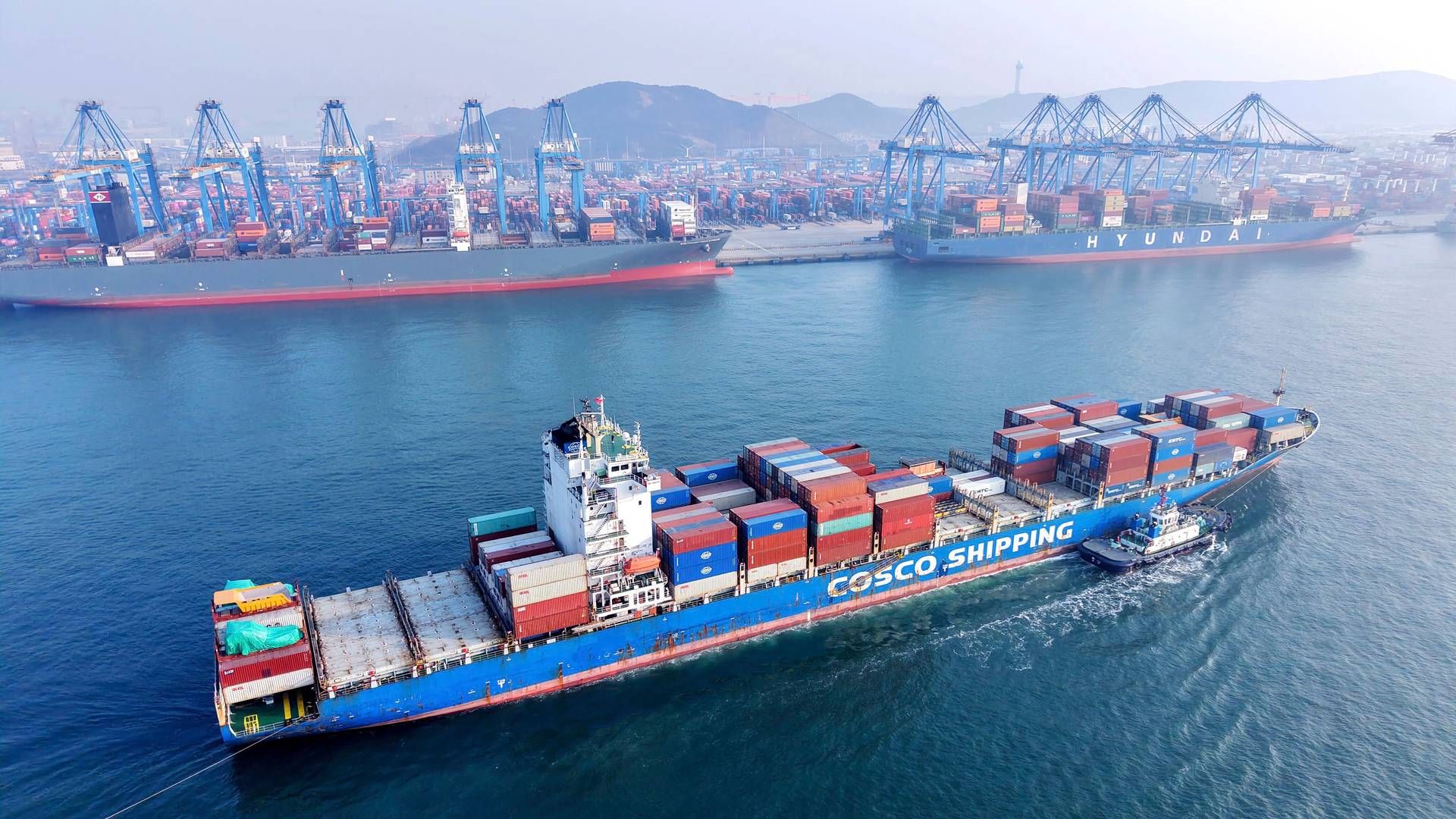
The many different messages from the White House in Washington D.C. since Trump’s inauguration at the beginning of the year have also had a significant impact on Chinese Cosco Shipping and Taiwanese Evergreen.
However, investors have picked up returns of 15% and 2% respectively in the first half of the year.
Haider Anjum from Jyske Bank says that, in addition to the impact of the tariff war, the companies have felt the effects of the Trump administration’s plans to impose tariffs on Chinese-built and owned ships calling at US ports.
”The original proposal was pretty tight. It’s since been revised so it’s not as bad, and the latest proposal means that shipping companies will barely feel it,” says the analyst.
“This has probably played a role in the development of the two shares.”
As mentioned, the outcome of the tariff war between the US and the EU and China is still uncertain, and according to Haider Anjum, this will be one of the big questions for shipping investors in the coming period.
Even without an actual agreement before the two deadlines, Anjum doubts that tariffs will reach the levels previously threatened by Trump.
“If you haven’t reached an agreement but there is progress, I don’t see any reason not to postpone the pause,” he says.


